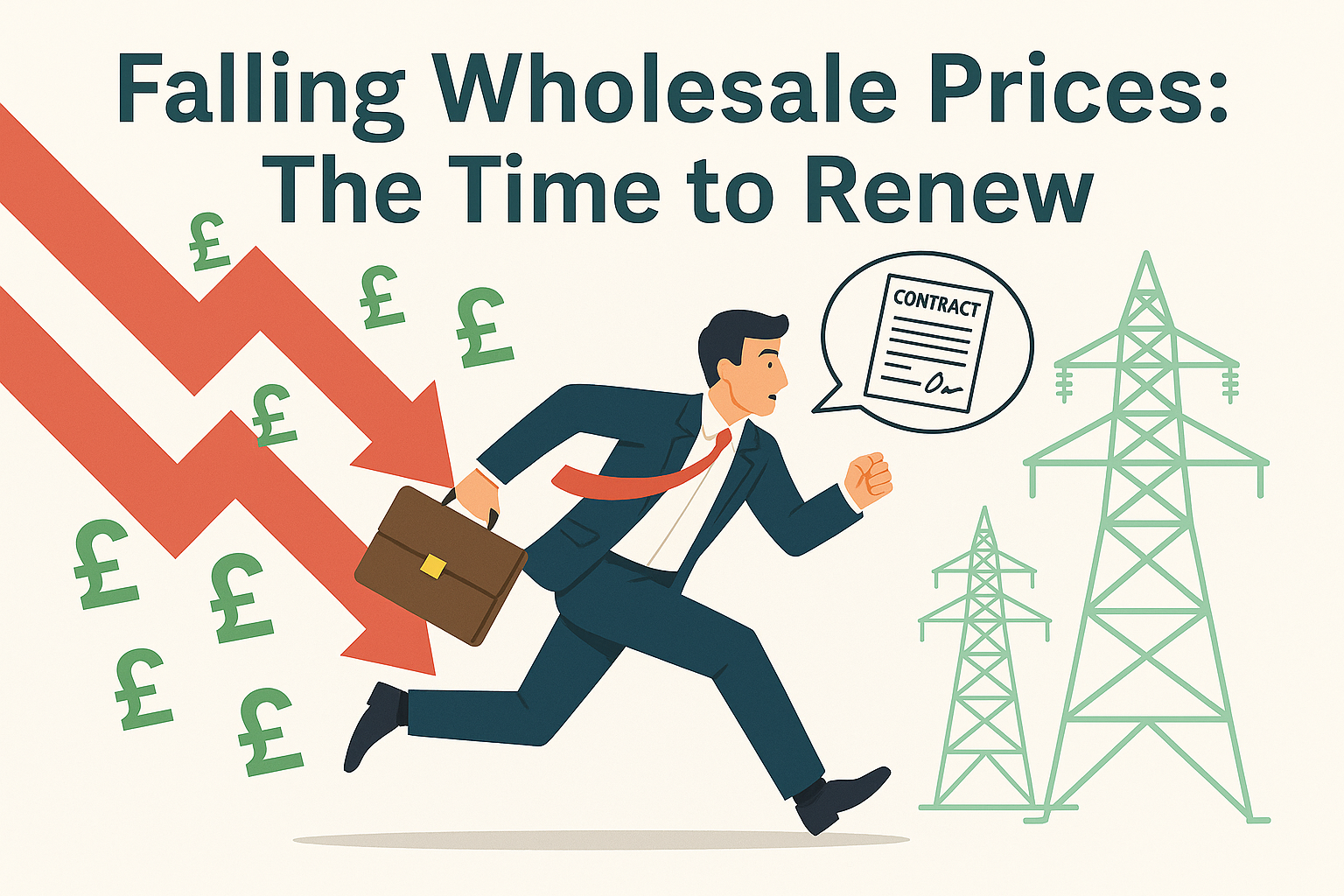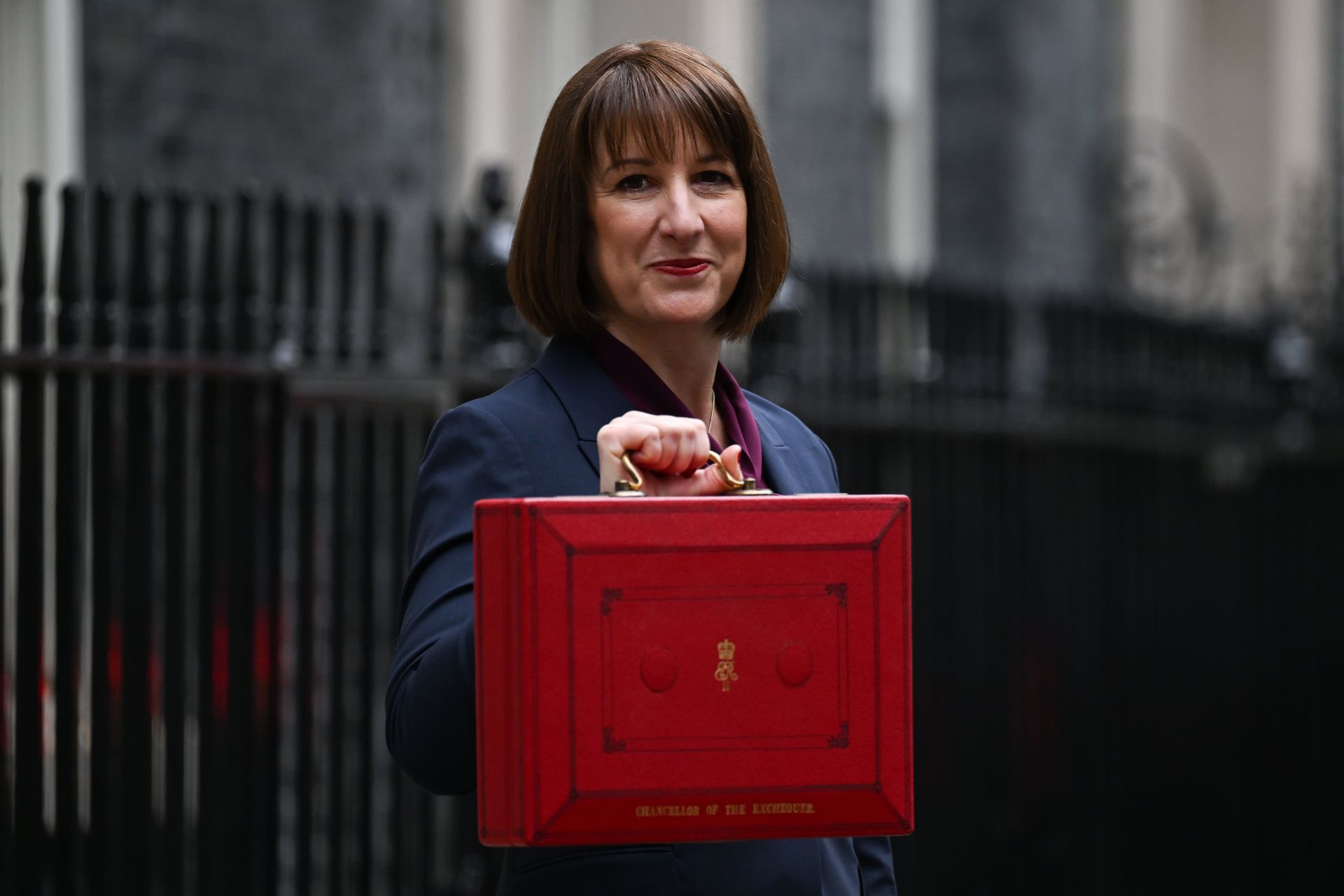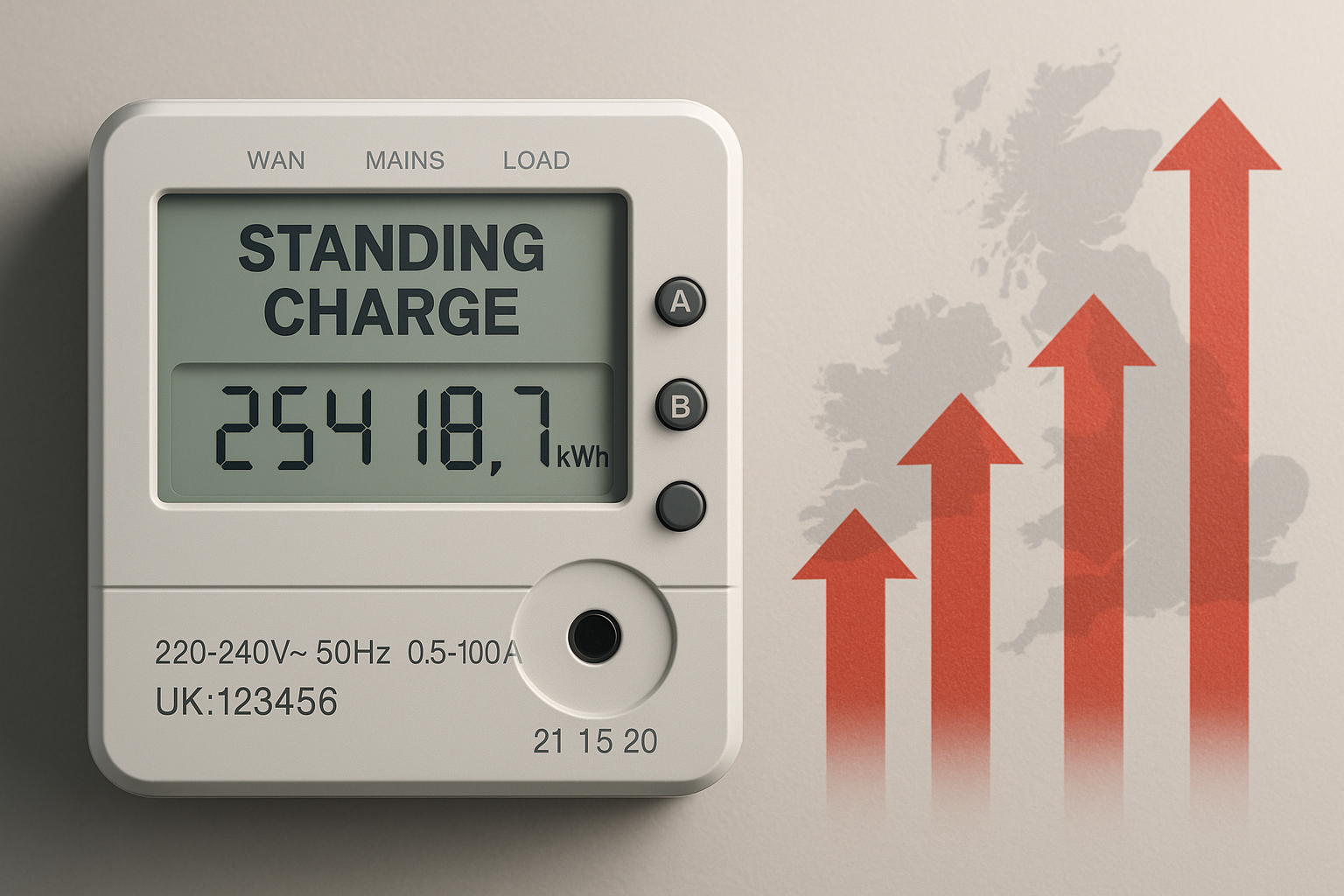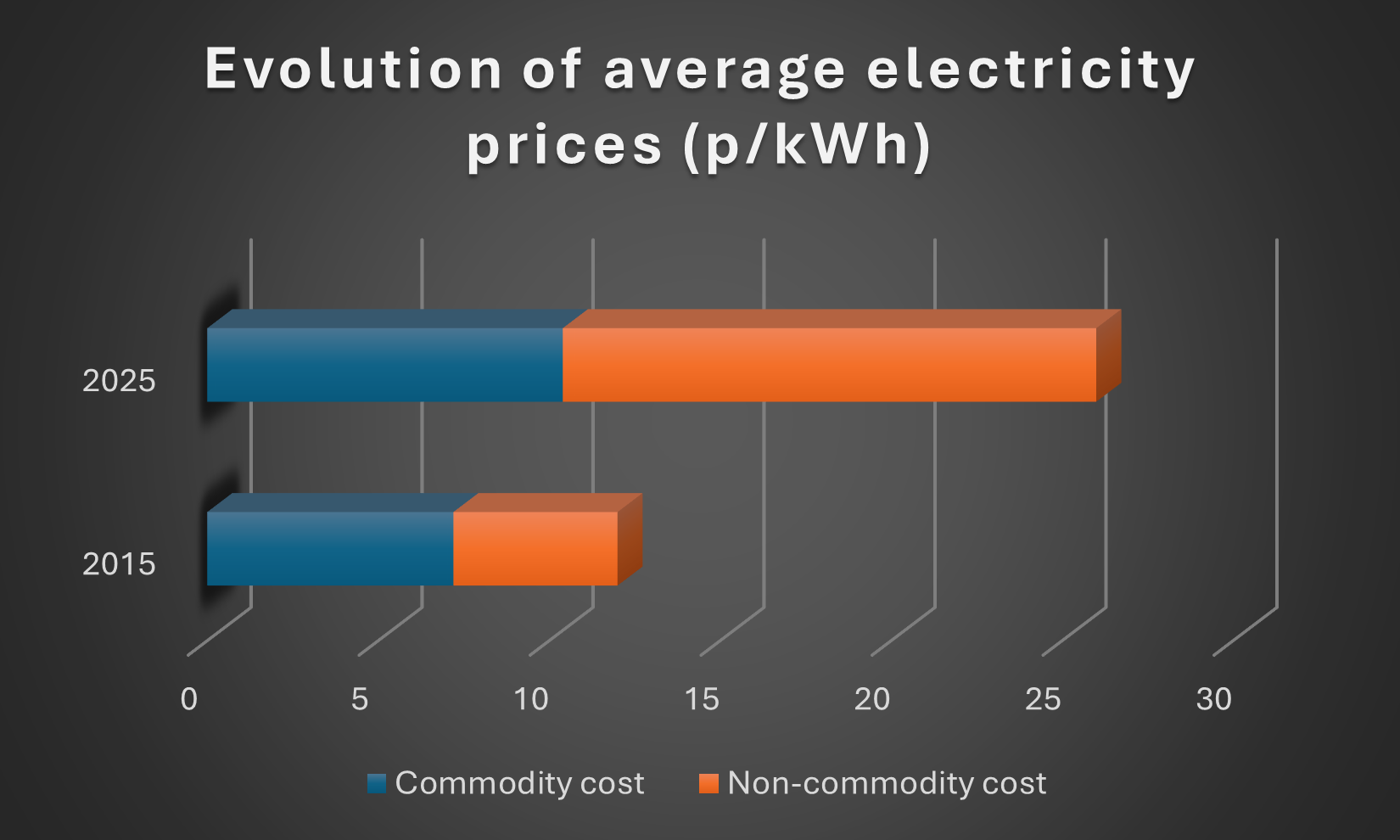January 2025 Review
January 2025 Review
By Adam Novakovic
This January saw the UK record it’s coldest night in 15 years, but there wasn’t much in the way of wind to accompany the cold temperatures of the month. This combination led to more energy being used than expected and lower-than-hoped renewable levels being recorded, as energy prices continued to rise against the backdrop of European gas reserve levels being depleted.
January kicked off with the long-expected news that Russian gas supply would cease flowing into continental Europe. Whilst the cessation of this supply had been long planned for, many would have hoped it wouldn’t coincide with a cold snap hitting the continent. The lower-than-expected temperatures have led to energy consumption being higher than anticipated putting a further strain on reserve supplies.
While the weather forecasts were making for dim reading, there was some positive news coming from across the Atlantic. Donald Trump -- uncharacteristically for a politician -- had followed through on his pre-election promises and lifted the freeze on US LNG exports. In addition to reallowing exports to be permitted, Trump has also allowed for new US LNG projects to be applied for, this boosts both short and long-term positivity surrounding the gas supply that can be received by Europe.
With the cessation of the Russian gas supply occurring instantly from January 1st, and the restarting of US exports being something that will likely take months before export capacity is fully ramped up, it could be a few months before the positive effects are truly felt. This would coincide with the end the European winter, so it may be the end of March or beginning of April until the market has a more positive response. However, this could also be when European nations look to begin restocking their reserves.
For those with renewals in the coming 3 months, now may be the best time to seek prices, as the further depletion of European gas reserves is likely to have a negative impact upon prices. For those whose contract is due for renewal later in the year, it may be best to be patient and wait for the market conditions to change. If your contract is due for renewal later this year and you would like a reminder sent when the market conditions turn more favourable, simply email your contract end date to adam@seemoreenergy.co.uk and we will provide reminders ahead of the renewal, at times when the market is presenting favourable negotiation conditions.

With EU countries, they will be mandated to refill their reserve levels to 90% of capacity by November 1st, with other intermediary targets between now and then. This could lead to some predictable buying patterns, as well as forcing EU nations to out bid each other for gas ahead of the deadlines. As a result of this, we are seeing the gas prices for Summer’25 being above the prices for Winter’25. It is rare for summer prices to go above winter prices due to summer traditionally representing a period of lower consumption, but the deadlines will put pressure on European nations to buy that will affect the cycle of gas purchasing in a way that differs from normal years. So, timing the market this year will rely more on an awareness of large scale buying, rather than traditional patterns.
For businesses that are looking to purchase their winter’25 energy, they may consider purchasing some now, to hedge against potential price increases, then buying further in the quiet periods, after the large level purchasing has taken place.
In addition to the cold weather, there were other factors that contributed to spikes in energy prices during January. The US launched new sanctions against Russia, targeting the fleet that transports LNG. This has further diminished Russia’s ability to export LNG on a global scale.
We also saw multiple outages in Norway, and the low wind has had a negative impact on the production from renewables.
Outlook
We know a large amount of purchasing during the next 6 months will be directed by European nations replenishing their gas reserves. By using hard deadlines, the EU is forcing themselves to be uncompetitive and this will allow for the prices to be driven up at times before those deadlines. Their transparency may not work in their favour as sellers will have an awareness of how much needs to be purchased at each stage, and we will likely see small price spikes ahead of the deadlines.
In the short-term, weather is going to remain a key factor for UK energy prices. The possibility of storms remains higher than usual for the coming months, but, while there is the possibility of colder than anticipated weather at the end of February, the remainder of the winter months are expected to witness above-average temperatures for the time of year.
With US exports now back on the table for European buyers, we are seeing a change to the supply/demand balance that drives energy prices. There should be more available supply compared to 2024, and European buyers hopefully won’t be competing with Asian countries hit by extreme weather events. By analysing how and when the new supply is expected to arrive in the European market, we can use this information to advise in greater detail on when energy contracts should be negotiated and when energy purchases should be made.
If that's support that you feel would interest you and your business, get in touch and I'll happily work to create a plan for your energy procurement that works best for you and your business, whilst providing the confidence and accountability that allows you to revert back to the core focus and operations needed in other areas of the organisation.
To learn more about how I can help, feel free to contact me at adam@SeeMoreenergy.co.uk










